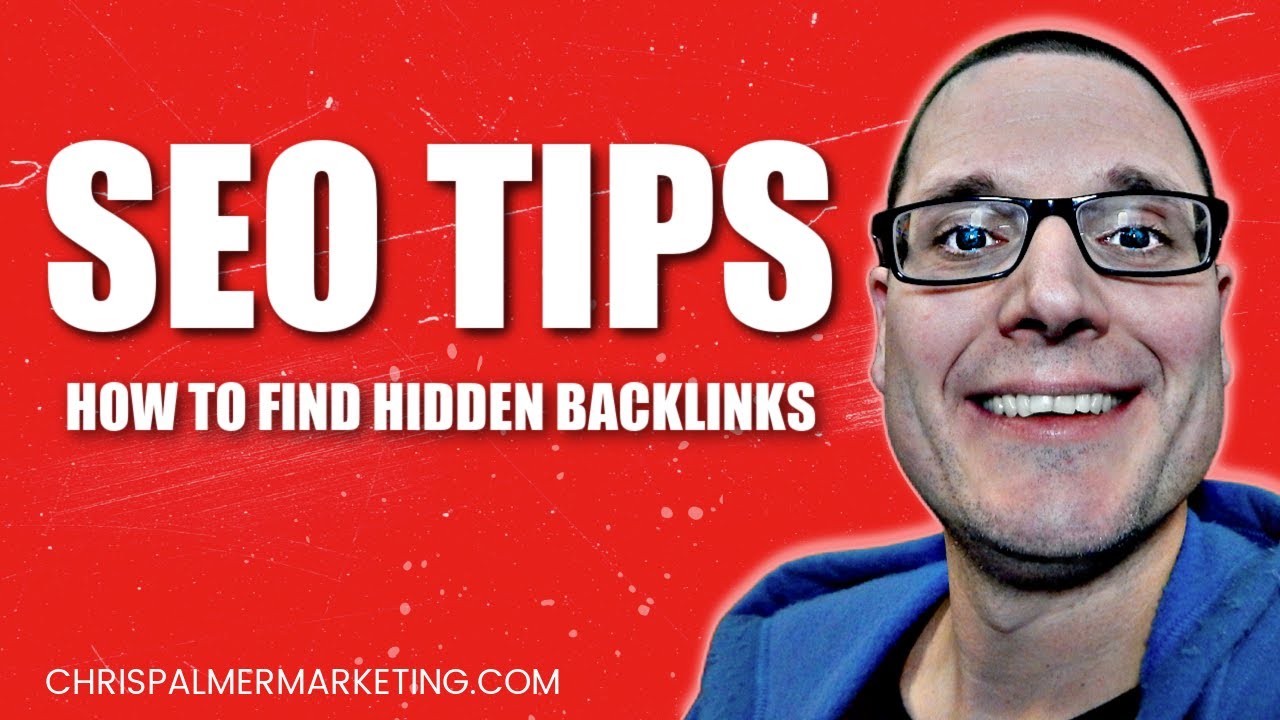
Link Building For A New Website: How To Rank Your Site In Less Than A Month
In this blog, I’m gonna be giving you a complete blueprint on how you should be building links to a brand new site. Let’s say you just built a website, you wrote all your content, you uploaded it all, you interlinked all your articles and now you’re royally excited to get the site ranking and banking. And after you built your site, the next logical step in the SEO process is to start building links. After all SEO on a very basic level is just content and links.
The Google Sandbox
But as you likely know, new website enter what is known as the Google Sandbox. When new sites first start off, Google puts a ranking leash on them. Why? Because Google just doesn’t trust new sites yet. They need some time to start trusting you before they’re going to start ranking you and giving you traffic. It’s a very sensitive time period and you really need to worry about both the type and the speed of the backlinks you’re sending to your website at this time. The goal is to generate as much trust as you can during this time period. And the name of the game is to give backlink signals that are super trustworthy, so you can get out of the Sandbox as soon as humanly possible.
You see backlinks are one of the main reasons people get in trouble in SEO and especially in the new website Sandbox phase. And that’s what we’re gonna be going over in detail in this blog. If you do things right, you can experience phenomenal growth, just like any site that was only in the Sandbox for about a month. But if you do things wrong, you could end up like a site that never really actually took off and eventually got a manual penalty. The goal is to build trust and that’s exactly what I’m about to teach you how to do. Let’s forge on.
Index the site
So you’ve just launched your website. Let’s call it day one, the moment in time when you’ve got a majority of your website’s content indexed in Google. To check to see what pages you have indexed, use the site:domain command and you’ll see all the pages that Google has in their index. And now that your indexed, you have the green light to start building the first links to your site and that’s links from social profiles.
Social Profiles
Remember, we wanna build trust. Let’s say Joe just launched his first business, selling whatever. He’s super happy, he got a website made. What’s the first thing he’s gonna do after that? He’s gonna go to Facebook and create a Facebook page for his business. He’ll create a Twitter account so he can tweet about his new products and launches. He’ll go to LinkedIn to show off that he’s now a CEO. And he might even start a YouTube channel just to talk to awesome people like yourselves.
The first links that I create to a site are from the social profile set up for that site, hands down. Not only are these the natural links that a lot of websites first get, but they’re also a trust signal in themselves. It’s pretty weird if a business doesn’t have a Facebook page, you know what I’m saying! Facebook, Twitter, LinkedIn, and YouTube are the essentials. But if you wanna take things a step further, you can use a service like this from Web 2.0 Ranker, that’s gonna build out a ton of additional social accounts. Accounts like Pinterest, Medium, Kickstarter and Tumblr.
Business Directory Citations
So now that you’ve got your website indexed and you’ve got a social fortress surrounding your website, what’s next? At this point, you wanna build business directory citations to your website. Directory citations are when you go to sites like Yelp, TripAdvisor, and Foursquare to register your business name, address, and phone number. This will create a no-follow link to your business that Google can crawl. This is another very natural thing for businesses to do right away. Why? Because business owners want their businesses to show up in Maps and directories, so potential customers can find them. And in case you’re having this question, yes, do this even for affiliate websites. Affiliate websites typically don’t have physical locations. So one thing you can do to not look like an affiliate site is to give the appearance that you have a storefront or an office somewhere. Again, we’re giving trust signals right now.
But how do you pick an address for an affiliate website if it has no physical location? Thought you’d never ask. I mean, you can go through the motions of setting up a virtual office, but I just fake it. Open up Google Maps and find any office building in any city that you want your business to be located in. Click on one of the businesses in this building and see how they’re formatting their suite numbers. For example, it’s suite 110. Let’s say I pick suite 210. Type the full address into Google Maps and check. If there’s no one registered, so I guess I’ll move in.
So now that you have an address, what directory citations do you need to get? First, get all the big ones like Apple Maps, Yellow Pages, Yelp, etc. Then you wanna get local citations. That means citations in the city your business is located in. For this, I just do a simple search for city name plus business citations. Just start going down the list. After that, you can get industry specific directories. These are usually national level websites that list out registered businesses in their niche. For example, this national directory for plumbers. Filling these things out over and over can get quite annoying. It’s a typical process of registering, logging in, filling out a form with a bunch of details, getting verified, and then getting approved. It’s probably not something you wanna waste your time doing, which is why outsource it myself. I use SEO Butler to build them all for me.
Google My Business
Now, before I move on to the next phase, I’ve gotta mention Google My Business. Google My Business, also known as GMB is a way to verify your business location with Google and get in Google Maps. Like those pins we saw earlier. Many people, including myself, get a GMB verified even for affiliate websites. I feel it’s a trust signal that puts you even further ahead than your affiliate competitors. Getting a GMB verified can be tricky. So don’t feel like this is something you have to do, but it can give you an edge if you’re looking for one.
Guest Posting
Now that you’ve gotten a bunch of easy to get, trust-building links, now it’s time to build some backlinks that are actually gonna help you start ranking higher. And for this I recommend guest posting. With guest posting, you reach out to a website you’d like a link from and you offer to write them some free content. In exchange, it’s industry knowledge that in your content you’re likely to include a link to your website.
So why do I recommend guest posting in the Sandbox phase? If you look at the natural course of the internet, most links when they’re created are created on brand new pages that never existed before. This is opposed to updating existing content and placing a link in there. Those are called link insertions or niche edits, which happen too, but they’re just a lot more rare. Remember, our goal here is to build trust. Let’s do the thing that’s most natural in the real world. When you write a guest post for someone, you’re creating a brand new piece of content for them, which will be placed on their website for the first time or in other words, you have a new link. That’s why guest posts work so well in the Sandbox phase is because they mimic the natural internet.
Strategies For Building Guest Posts
Now I have two different strategies for building guest posts in the Sandbox phase. Here’s a simple plan, which is very effective despite its name. Each week, you’ll build 1-3 guest posts to your website. Spread them out over many different pages of your website, not just your money pages. And even though you may not be trying to rank your homepage, it still looks natural and trustworthy if you link to it and vary your anchor texts to look natural and diverse as well. Keep this up and eventually you’re gonna jump out of the Sandbox phase. You can get these guest posts by doing outreach yourself or using a service like WhitePress. We help people get out of the Sandbox all the time.
Advance Burst Linking Strategy
The second guest flow strategy I have for you is more advanced, but if you do it right, it can definitely help you get out of the Sandbox faster. With the advanced strategy, what I like to call burst linking, you’re gonna be going into phases of high link velocity and low link velocity. You’re going to create or buy a flurry of social signals indicating that your website is gaining in popularity and getting shared in the social world, like Facebook, Twitter, etc. After that, you’re gonna turn up the link velocity with your guest posts. After all, it makes sense. The site is shared a bunch on Facebook, it got in front of a bunch of eyes and then links followed afterwards. Then you let it die down and get to normal guest posts link velocity. And then after some time, you do it all again. And remember just like before, send your links all over your website. Don’t forget your homepage and use diverse anchor texts.
This is a transcripted YouTube video, courtesy of Matt Diggity


